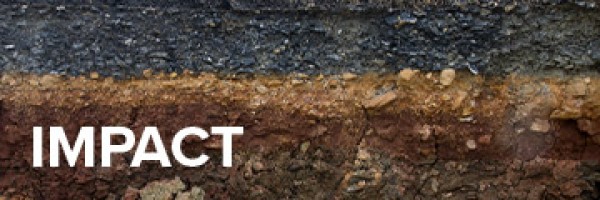The main outcome of the project was the development of guidance for an optimized, two-step integrated geophysical-geochemical method for assessing soil and groundwater contamination, which forms the basis for the development of a standard screening method called "Guideline for the screening of soil polluted with toxic elements using soil magnetometry," published as ISO 21226: 2019. The project developed detailed procedures for each testing step, from initial magnetic identification, identification and delineation of potentially contaminated areas, sampling and preparation procedures, geochemical analysis, and interpretation and evaluation procedures. This method has been validated in different areas (forests, post-industrial areas, agricultural areas, urban areas) for different scenarios related to different pollution sources, climatic conditions, soil types and geological backgrounds.In all investigated areas in Norway and Poland the same measuring methods were used and the content of 50 elements was determined according to the standard procedure ICP-MS after mineralisation in 50% HNO3. As found during the investigation, the correlation between magnetic susceptibility (κ) and element content is strongly dependent on the source of pollution. Therefore, in order to assess the degree of pollution, the pollution index (PLI) was calculated and different element groups were selected for the calculation of PLI depending on the source of pollution. In the case of the areas affected by the urban source, the highest correlations were observed between κ and the content of Zn, Pb, Cd, Cu, while in the case of ferrous metallurgy, mainly Fe, Cr, Ni and W were associated with technogenic magnetic particles (TMP). In the vicinity of Ni-Cu smelters, positive κ correlations were observed for Cu, Ni, Sn, As, Se, Mo, Co, W and S, while the source of Zn, Pb may be wastes from processing of Pb-Zn, Cd, Sn, Cu ores, Tl, Ba, As and Se. Ombrotrophic peatlands as archives of TMP and chemical pollutants were also investigated according to the methodology developed in the project and tested by precise radiocarbon dating of peat layers with increased magnetic susceptibility and metal content. An increase in the magnetic signal in peat bogs, regardless of their location, was observed from the mid-18th century (Industrial Revolution) layer onwards.
ISO 21226: 2019 Presentation




